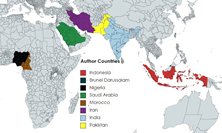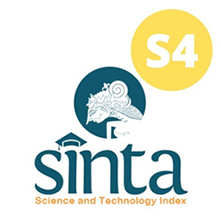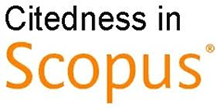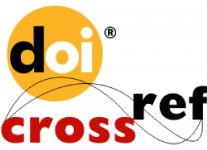Monitoring SpO2, Heart Rate, and Body Temperature on Smartband with Data Sending Use IoT Displayed on Android (SpO2)
Abstract
The patient's health must not deteriorate if treatment is not started right away if they show indications of a disease. Monitoring is the most important thing that needs to be done to ascertain the patient's state, especially for those with lung illness who have asthma and pneumonia with moderate symptoms. SpO2, BPM, and body temperature are vital signs that can be used as indicators of a person's degree of health. The main goal of this project was to create wearable devices index finger then a wrist-worn devices that can measure SpO2, Heart rate, and body temperature in real time, regardless of distance, and alert users' smartphones when a patient's condition is abnormal. The body temperature is measured using the MLX90614 sensor, positioned on the wrist, whereas the Oxygen saturation and Heart rate are measured with MAX30100 sensor, placed on the index finger. The ESP32 Microcontroller processes the sensor data after which the results are displayed on the TFT Display GC9A01 and to Ubidots application on a smartphone or computer. When the SpO2, BPM, and Temperature values drop below the predetermined range, Ubidots sends an alert message to the associated email address on the smartphone or computer. In comparison to BPM, which had the lowest error is 0.06% and highest at 5.65%, and temperature, which had the least error value of 0.1% and the most 0.88%, SpO2 had the lowest error is 0.2% and biggest error at 1.6%. MAX30100 sensor, which serves as a processor for SpO2 and Heart rate values on the index finger, delivers a good response when utilized by respondents, according to the smart band's manufacturer. The results of data measurement can also be shown on LCD TFT GC9A01 and Ubidots applications. This device will be kept in a hospital, clinic, or utilized on its own at home. Additionally, regardless of the distance, this application is anticipated to assist families or medical personnel in keeping track of the health of senior patients.

This work is licensed under a Creative Commons Attribution-ShareAlike 4.0 International License.
Authors who publish with this journal agree to the following terms:
- Authors retain copyright and grant the journal right of first publication with the work simultaneously licensed under a Creative Commons Attribution License that allows others to share the work with an acknowledgement of the work's authorship and initial publication in this journal.
- Authors are able to enter into separate, additional contractual arrangements for the non-exclusive distribution of the journal's published version of the work (e.g., post it to an institutional repository or publish it in a book), with an acknowledgement of its initial publication in this journal.
- Authors are permitted and encouraged to post their work online (e.g., in institutional repositories or on their website) prior to and during the submission process, as it can lead to productive exchanges, as well as earlier and greater citation of published work (See The Effect of Open Access).











